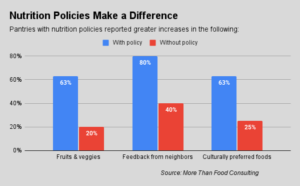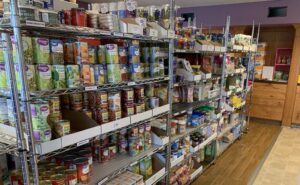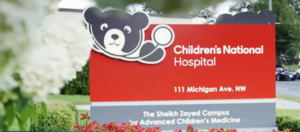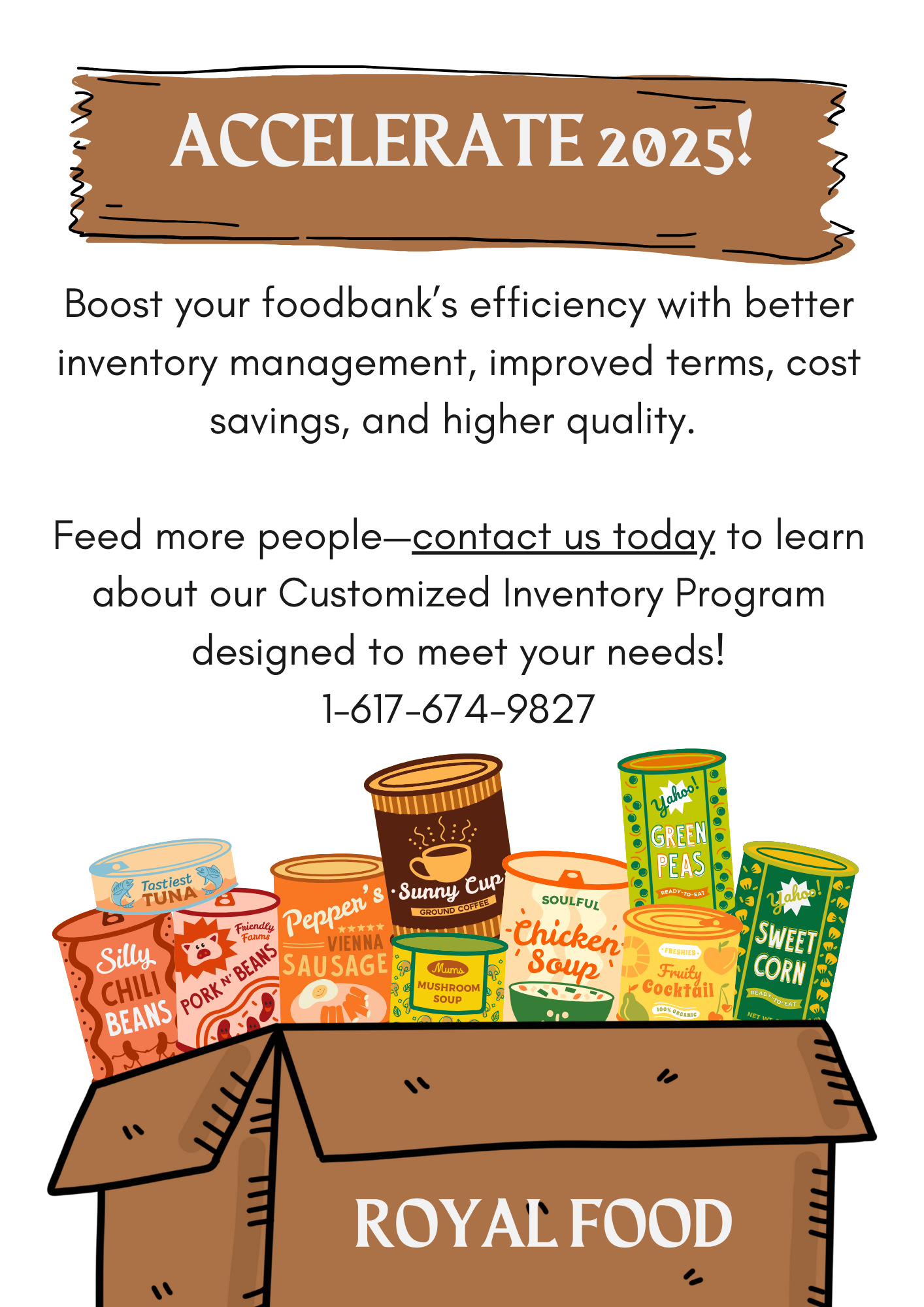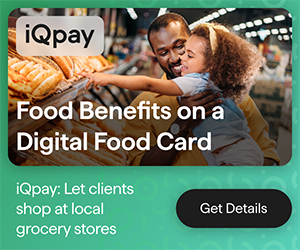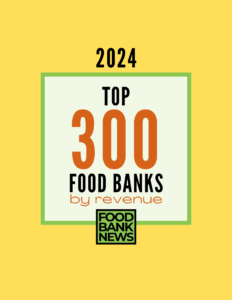The Food Bank of Western Massachusetts has a few things going for it when it comes to Food is Medicine.
First, it has long championed building relationships with area hospitals, giving it valuable exposure to the healthcare world. Second, it operates in a state that is actively pursuing solutions and putting up funding to support Food is Medicine. Third, it is open to innovation, all of which has put it in position to play a lead role in the latest iteration of the state’s efforts to use Medicaid funding to support Food is Medicine.
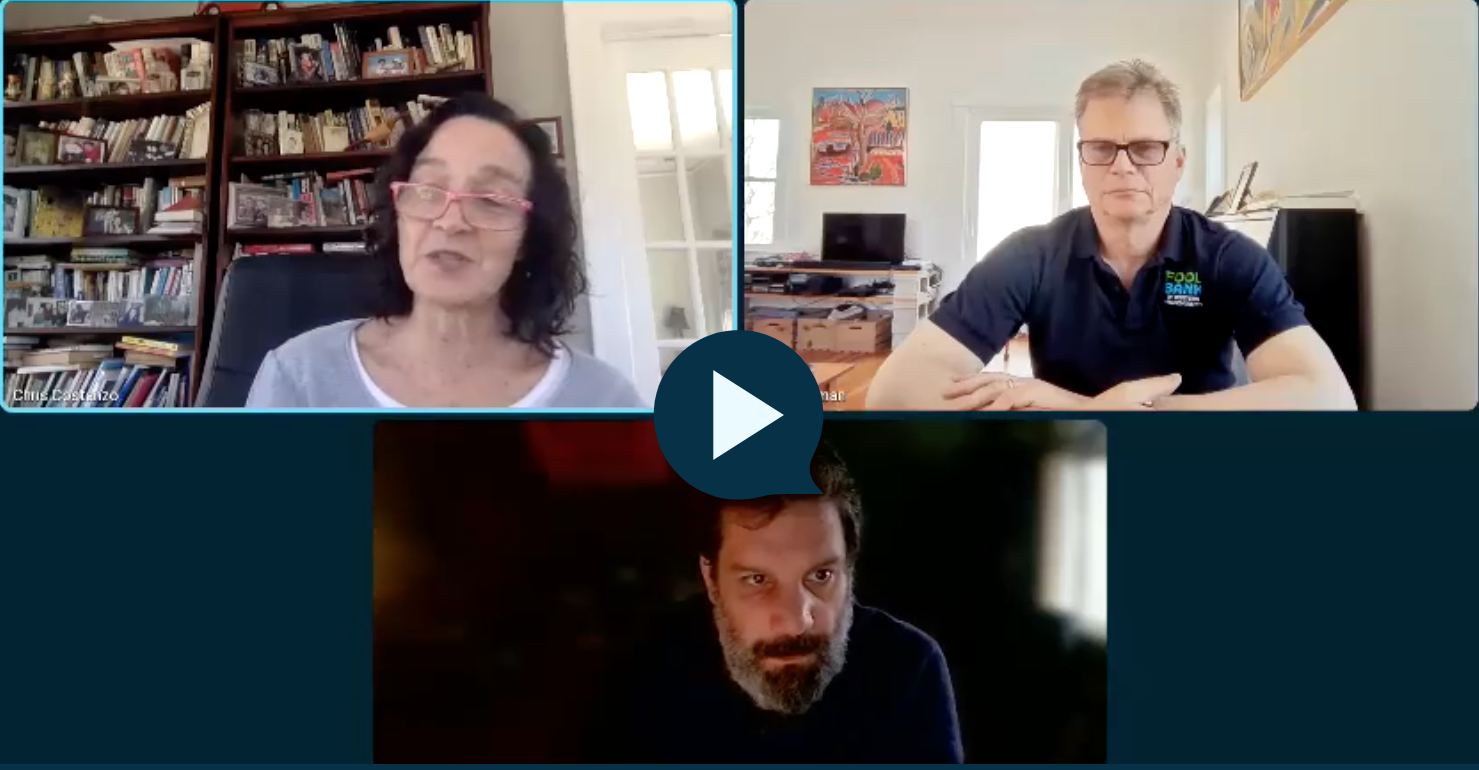
Currently, the food bank is generating revenue from a Food is Medicine program in which it is acting as a general contractor of sorts to connect Medicaid patients with a variety of nutrition and other services. Its programming has evolved over time to incorporate a growing number of partnerships.
“Our strength is we have so many different organizations checking in on people and what their needs are,” said Alan Dallmann, Hunger Solutions Innovator. “So it’s less Lone Ranger-y and more collaborative in terms of our partnerships.”
Here are five insights from the Food Bank of Western Massachusetts’ journey so far.
1/ Partnerships are the thing
The latest version of the state’s Food is Medicine program means that Food Bank of Western Massachusetts can get paid for delivering goods, such as medically tailored meals and grocery boxes. But it is not preparing those goods on site. Rather, it contracts those services out to other third parties.
A nearby sustainable organic farm prepares all the grocery boxes, which are customized to address various chronic conditions that patients may have. The farm distributes the boxes to the food bank’s Meals on Wheels providers, which in turn deliver both medically tailored meals and groceries to the food bank’s patient-clients.
The food bank briefly toyed with the idea of building its own food boxes, but soon realized it could rely on strategic partners. “If others can and are doing this anyway, then why create a new food bank process? There’s already a transportation network out there. There’s already an urban farmer that’s growing its capacity,” Dallmann noted. “We’re taking advantage of their infrastructure.”
2/ Conversations with clients are key
A major competency that the food bank brings to the table is its skill in helping clients discover the various social services that are available to them. The food bank’s three-person bilingual Food Assistance Navigation team (pictured above, along with Dallmann) is largely responsible for handling all the workflow that’s generated when patients get referred to the food bank by a hospital for nutrition services.
“What makes our model unique is we have a first conversation with folks,” Dallmann said. “So in addition to any [nutrition] goods we can get them, we can also connect them to the services that we have available for everybody,” which could include its pantry network, brown bag program for seniors, or no-questions-asked mobile food distributions.
Each navigator accepts patient referrals from one of the three accountable care organizations (ACOs) with which the food bank works. “As part of their regular workstream, they’ve just added this new stream onto it,” Dallmann said. “So they flex their time between referrals coming from an ACO, and the other people who call us.” In effect, the food bank is able to manage the flow of referred patients (anywhere from a dozen to 70 a month), alongside its usual flow of clients.
3/ Local referral systems work best
At one point, according to Dallmann, the accountable care organizations tried to make the referral process more efficient by farming it out to third-party technology. That didn’t work very well. The food bank sometimes got referrals for patients who lived far beyond its service boundaries. Or customer service calls at 6 pm because they were coming from California. Now, instead of relying on technology, the food bank and the local accountable care organizations rely on their long-standing relationships when it comes to resolving issues related to referrals. “We’ve been doing this for a while, so there’s no finger-pointing,” Dallmann said. “We figure it out as a partnership.”
4/ Billing is difficult
When Food Bank News first wrote about Food Bank of Western Massachusetts’ activities in Food is Medicine, it noted that the food bank maintained separate billing systems with each accountable care organization because it was too complicated to develop a single one. That remains the case. “At one point, we thought maybe there would be a state-level system, and there’s not,” Dallmann said. This year, an “integration fund” has become available to support an interface that would at least make it look to users like the various billing systems are operating as a unit.
Another issue is that the latest iteration of the state program means that the food bank must shift from doing traditional billing to processing claims, which requires “full-time, specific knowledge,” Dallmann said. Fortunately, another Massachusetts nonprofit is stepping up to build a claims infrastructure that other nonprofit providers in the state can also use. “Rather than each of us having to hire a claims specialist, this is more efficient and it feels like it’s within the family,” Dallmann said.
5/ The goal is better population health
Dallmann hopes that the food bank’s work in Food is Medicine will lead to healthier outcomes for the population of Hampden County, where it operates. Dallmann is a member of the Hampden County Health Improvement Plan (CHIP), which is pulling a number of levers, including food, to try to improve the county’s low-ranked standings in health. “It would be great to make a dent and make some improvement there,” Dallmann said. The good news is that the food bank does not need to get involved in collecting any health data, as that responsibility falls to the accountable care organizations.
6/ Don’t do it all
Looking only at the contracts signed with the accountable care organizations, it appears that the Food Bank of Western Massachusetts is doing all the work when it comes to Food is Medicine, including packing boxes, making meals, delivering food and processing claims. In fact, the food bank acts as a connector, striking partnerships with other entities that do the work, while it handles paperwork, payments and compliance in the background. “You don’t have to do it all,” Dallmann said. “But if you have conversations and you have connections, you can do more.” – Chris Costanzo
PHOTO, TOP: The Food. Assistance Navigation team at Food Bank of Western Massachusetts. Top row, left to right: Sary Torres, Damaris Arroyo; bottom row: Johanna Farrell and Alan Dallmann, Program Manager.
Like what you’re reading?
Support Food Bank News

